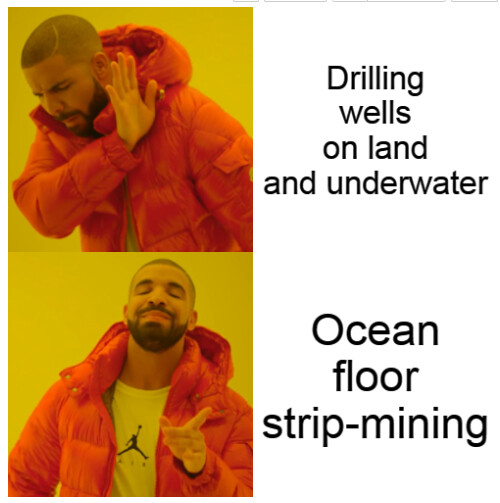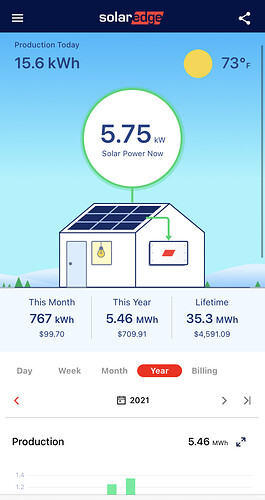I can answer the questions as of 5 years ago, I don’t know how it works now or what it costs. I’ve been looking into this for probably 15 years, and 5 years ago was the first time it made economic sense to do it.
Cost breakdown:
9kW grid tied Solar Liberty system on my house, 30 panels, I own it outright, none of that lease crap. Grid tied meaning I have no battery and just push excess power back into the grid and draw from the grid when I’m not making enough to cover my usage.
I paid $22500 up front and took a 1 year interest free loan to pay for it through a lender Solar Liberty worked with. That covered everything and I didn’t work with anyone but Solar Liberty. They handled the town paperwork, the structural engineering review (and small knee wall in my attic to add a little support), the electrical and the inspections. After the tax incentives from the state/fed and the NYSERDA rebates my cost was $7200. I divided the portion of the loan I was responsible for (7200) by 11 to guarantee I’d be paid off before the 1 year mark. If I went over the year the interest free loan would recalculate and backdate my interest as some stupid rate of 20+%. When my huge tax rebates came in I immediately made payments for that amount to the loan. After the final payment I called the loan company and made sure to get a letter stating I was 100% paid in full (the reviews on the loan company Enerbank were terrible about them being shady). I had zero issues with them.
Maintenance wise, I’ve done nothing. Sometimes in the winter they get covered in snow but in winter you’re not making a lot of power even on a sunny day so it’s not worth risking damaging them to clear them off. Besides that they’re black so when the sun comes out even if it’s in the 20’s a tiny bit of panel showing gets warm enough that the snow melts pretty quickly. Sometimes in peak pollen season in the spring they get dusty with pollen but I haven’t noticed a big difference in power. I’m sure there’s a difference, but it usually rains enough in spring that they get cleaned up pretty quickly.
At the time I signed up credits were still 1:1 regardless of the time of day. If I pumped 5kW into the system and used 3kW I got 2kW of credit on my bill to be used at any point in the year. By going on the system I was grandfathered in and they were not allowed to change my billing for the life of my service. There was a lot of talk about them going to a peak billing system in the future where your credits at noon would not be worth as much as the power you were pulling in the evening when demand peaks and that would really throw the ROI off. I don’t know if that happened because there was a lot of lobbying that it would kill residential solar until battery tech came down enough in cost to use batteries.
I may hit the $7200 in generated power by fall of 2023, but this record rainy July hurt a bit. May, June, July and August are my peak generation months. If I don’t make it by then I’ll definitely hit it early summer of 2024 which is still under the 8 year mark. The fact that my system wasn’t live until the end of July my first year also hurt since I lost all that great power generating of May, June and most of July so year 1 was more like a .25 year.
Had my electric usage stayed the same as the prior 3 years they analyzed to size the system I’d be covering 100% of my electric use on the year. Two things happened since then though. First, because I get almost free electricity, we tend to crank the central air without feeling guilty about the cost. Second, we put in a pool heater. While it’s natural gas powered it does require running the pool filter quite a bit more to keep it the 89 we like, so that takes quite a bit more power. This fall I’m going to be fixing the last issue on my house, the woefully inadequate insulation in my attic, and that should lessen the load on the AC enough to get me back to 100%. As it is now I usually start seeing usage bills in February and get back to 0 by April.
It’s not really $0 a month, it’s $18. National Grid charges you a basic minimum for having electric service. This still a great deal since I basically use them as a free battery.
My roof is an east/west, not the idea south. Southern facing is where you want your panels because they’ll get sunlight all day, vs my system that the front side gets better power in the morning and the back side gets better power in the evening. I have a tree that starts to shade my lower rows of panels around 6:30-7, but by then the power coming from the sun is down enough that it’s not worth getting rid of the tree that we love.
That’s all I can think of, feel free to ask anything else. I’m friends with a higher up at Solar Liberty so if you need a quote let me know.
EDIT: Oh, don’t do this if you’re going to need a new roof right off. Mine was only a few years old at the time. I believe you can work in a re-roof with this project to get more tax savings but don’t quote me on that.
![]()


